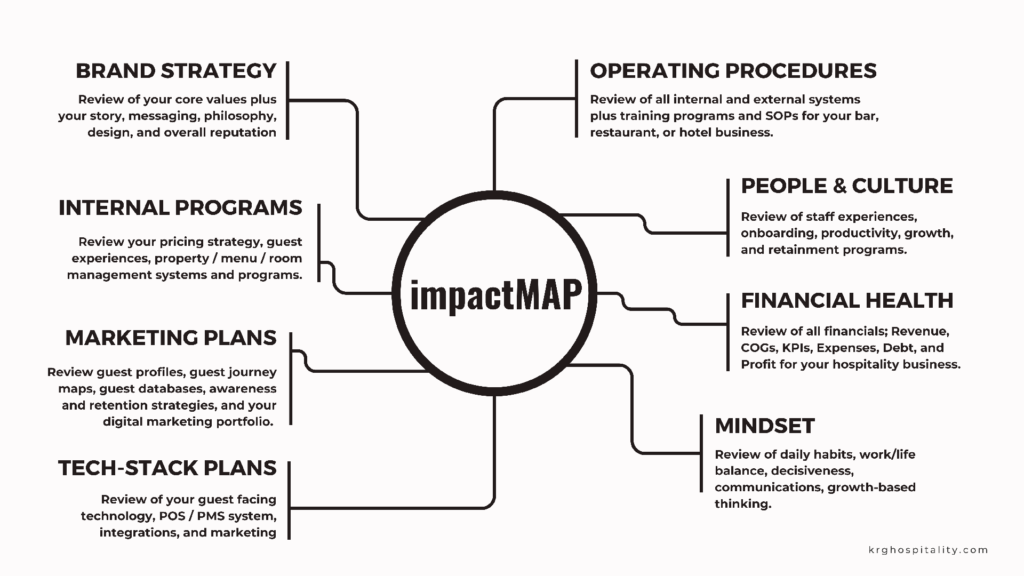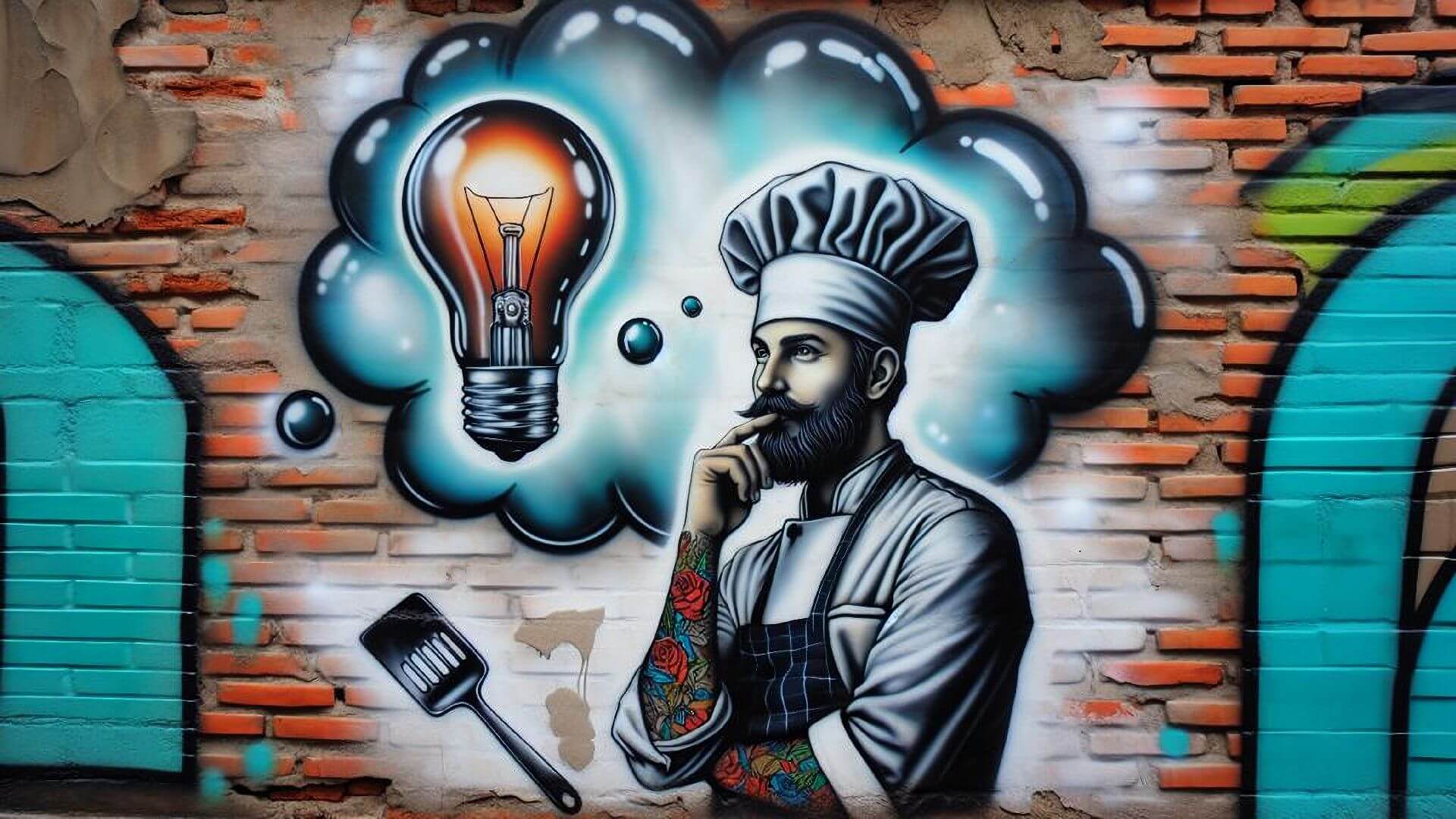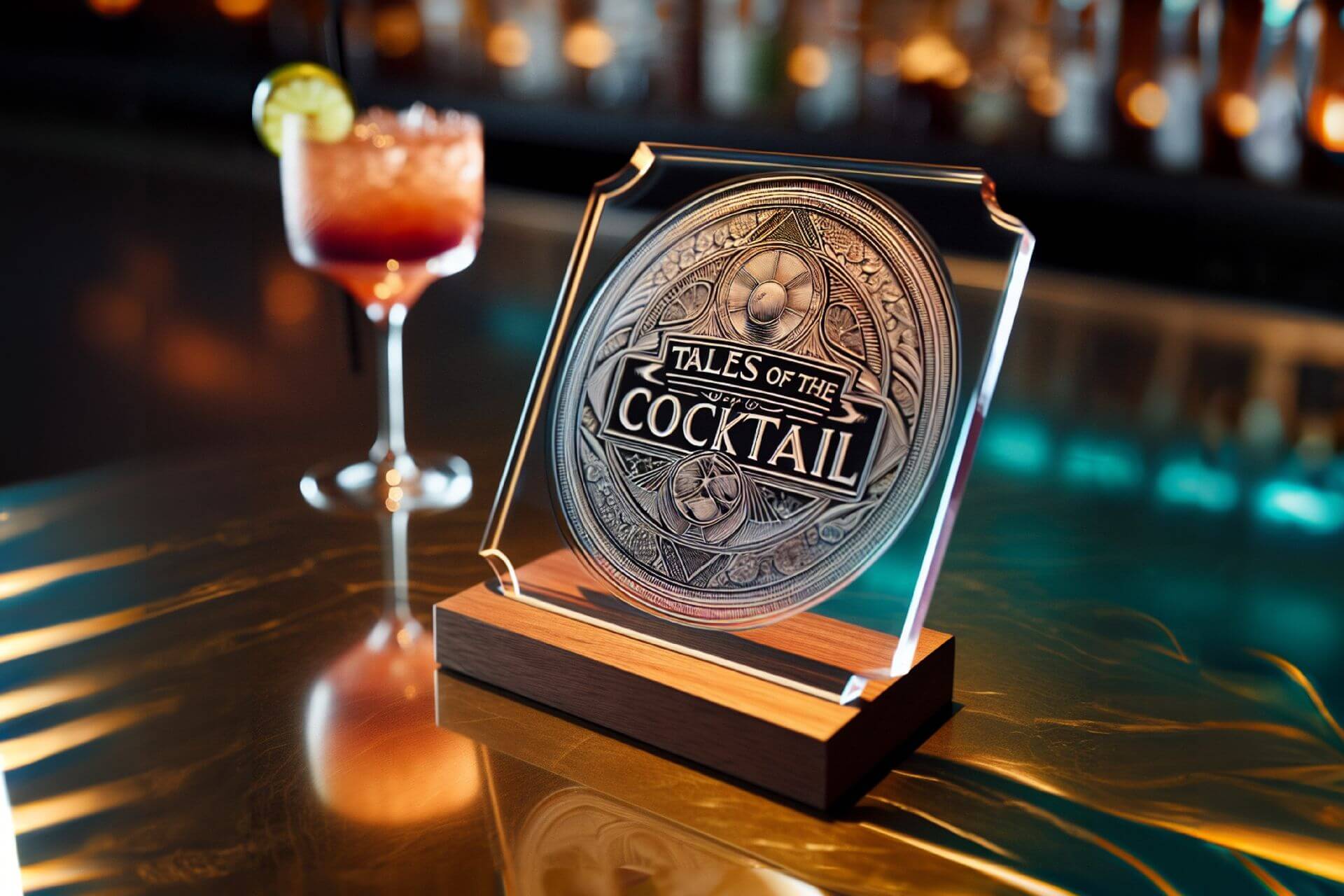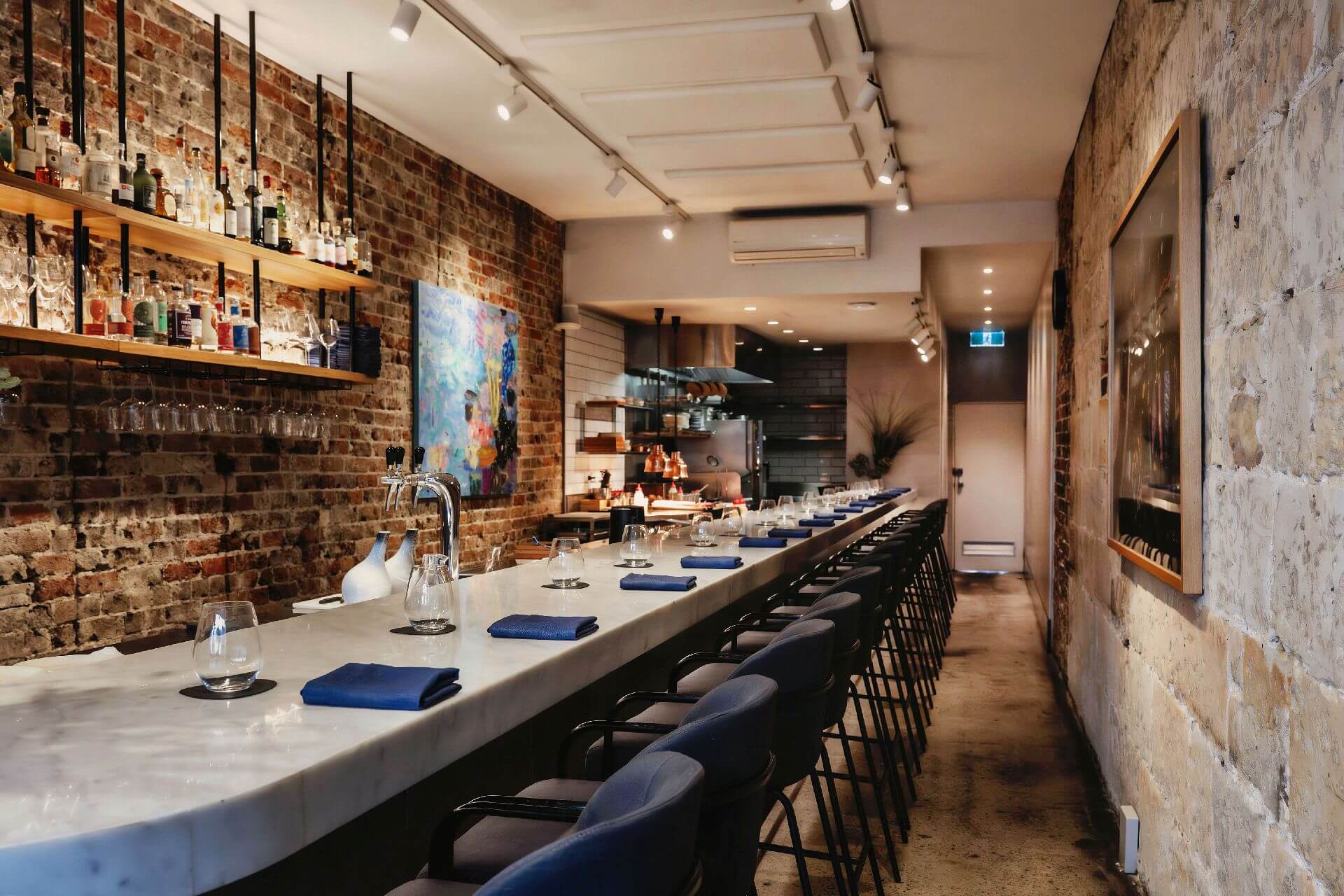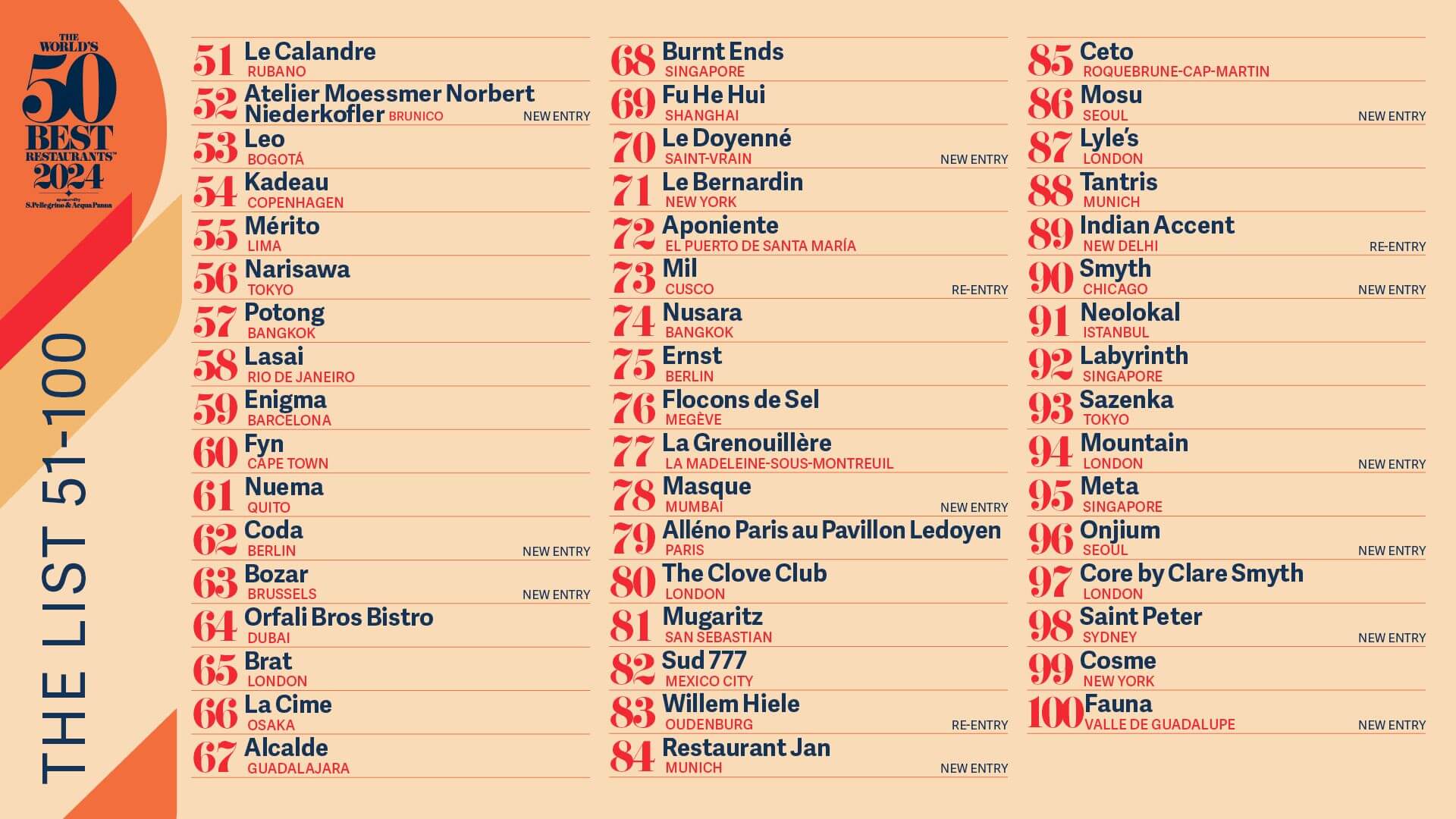Cheers to the 2024 Tales Catalyst Honorees!
by David Klemt

Please join us in congratulating this year’s Tales Catalyst honorees, announced this week by the Tales of the Cocktail Foundation.
In addition to unveiling the 2024 Tales of the Cocktail agenda, and revealing the top four Spirited Awards finalists, Tales is recognizing two industry leaders as Tales Catalysts.
Becky Paskin, an award-winning whisky journalist, consultant, and presenter, and chief curating officer for Pictures and Cocktails LLC, Keyatta Mincey Parker, are this year’s honorees.
Both Paskin and Mincey Parker are being recognized, in large part, for their commitment to community, inclusivity, equity, and innovation. That’s to say nothing of the education they provide to others in the industry.
To learn more about Paskin and Mincey Parker, including their contributions to the industry, please review the official press release below.
Cheers!
TALES OF THE COCKTAIL FOUNDATION ANNOUNCES TALES CATALYST HONOREES
NEW ORLEANS, LA (June 26, 2024) — Tales of the Cocktail Foundation (TOTCF) is pleased to announce the 2024 Tales Catalyst honorees, recognizing members of the cocktail community who are elevating the industry to greater heights. The 2024 International Honoree is Becky Paskin and the U.S. Honoree is Keyatta Mincey Parker, presented by Diageo Bar Academy. Tales Catalysts reflects a more inclusive and intersectional space for recognizing and celebrating leaders in the industry, solely for their contributions to making the drinks industry a more inclusive space – without barriers of gender or identity. Tales Catalyst, in partnership with SevenFifty Daily and Beverage Media (Provi publications), the official Tales Catalyst media partners, will take place during Tales of the Cocktail® on Tuesday, July 23 at 3:00 PM, at The Ritz-Carlton New Orleans. The event will feature speeches by the honorees followed by a cocktail hour, with this year’s honorees speaking to their unique vision and personal efforts in fostering inclusivity in the drinks industry.
“I am overjoyed to see these new Catalyst Award recipients being honored at Tales of the Cocktail,” said Catalyst Co-Chair Tiffanie Barriere. “Their innovative contributions and consistent dedication to advancing the cocktail and spirits industry set them apart as true pioneers. Each recipient has demonstrated an exceptional ability to inspire, educate, and elevate our community, making profound impacts through their creativity and commitment. Their recognition is not only well-deserved but also a testament to the future and innovation of our craft.”
This year’s honorees were selected from a pool of over 100 qualified applicants and carefully chosen by Tales Catalyst Committee Members.
“Our two honorees are the definition of community builders. Each a Catalyst in their own way,” said Catalyst Co-Chair Robin Nance. “Keyatta has created and cultivated a space for her community and continues to expand and elevate what is possible. Becky took her disappointment and frustration and created a space that celebrates women in a category that often leaves them out of the conversation. They are both incredibly deserving and I can’t wait to honor them in July!”
Guests are invited to celebrate this year’s Tales Catalyst Honorees during Tales of the Cocktail® on Tuesday, July 23 at 3:00 PM. For those who are interested in attending, tickets may be purchased on the TOTCF website.
2024 Catalyst Honorees:
2024 Catalyst International Honoree:
Becky Paskin
Becky Paskin is an award-winning whisky journalist, presenter, and consultant, and founder of the OurWhisky Foundation. Formerly editor of leading online magazine Scotchwhisky.com and global trade title The Spirits Business, her writing appears in a variety of publications from Club Oenologique and Waitrose to Whisky Magazine and the Daily Beast. She is a regular drinks presenter for television and radio, including ITV’s Love Your Weekend and This Morning, and regularly presents educational seminars at global drinks festivals.
Becky is an advocate for equality and inclusion within the global whisky industry; her work has led her to being named Icons of Whisky Communicator of the Year, IWSC Spirits Communicator of the Year, SevenFifty Daily’s Drinks Innovator of the Year, and listed as About Time Magazine’s Top 10 Women to Watch in Drinks. She is also a Keeper of the Quaich and has been named one of the 50 most influential people in the global drinks industry by Drinks International for the past four years.
2024 Catalyst U.S. Honoree:
Keyatta Mincey Parker
Keyatta Mincey Parker, a prominent figure in the spirits and cocktails industry, serves as the Chief Curating Officer at Pictures and Cocktails LLC. With over two decades of experience in the food service and hospitality sector, she brings a unique blend of expertise, merging her knowledge from hotels, fine dining, dynamic dance clubs, and her rich Liberian heritage. Recognized by Thrillist and Tastemakers as a must-know bartender and one of the Top 50 Bartenders in the South, Keyatta has garnered attention from prestigious publications such as Forbes, Food and Wine, The Atlanta Journal Constitution, The Huffington Post, Business Insider, and Southern Living Magazine.
Collaborating with influential spirit brands, chefs, celebrities, and farmers, Keyatta Mincey Parker is known for creating visually stunning and innovative cocktails. As the driving force behind Pictures and Cocktails, she designs bespoke cocktails and experiences. Additionally, she is the Founder and Executive Director of A Sip of Paradise Garden, a non-profit community garden for bartenders and hospitality professionals in Atlanta.
Keyatta’s impressive repertoire includes crafting the celebratory cocktail for the Liberian Olympic National Team, which has been adopted as the team’s official drink. She has been inducted into the Atlanta chapter of Les Dames d’Escoffier International and recognized as a member of Wine Enthusiast’s 2023 Future 40. Recently, she joined the board of Slow Foods Atlanta, aiming to expand her influence from the creative side of food to food justice, advocating for clean, fair, and healthy food for all.
As an esteemed speaker, Keyatta addresses topics such as philanthropy, community building, mental health, gardening, agriculture, black land ownership, equity in hospitality, and women in leadership. Despite her diverse interests, her passion for cocktails remains a constant focal point.
Tales Catalyst Partners
Catalyst is proud to share its presenting, supporting, and media partners, who help make the 2024 Tales Catalyst possible. Tales Catalyst 2024 is presented by Diageo Bar Academy with support from Don Q Rum, Korbel, Laird & Co, and Lyre’s Non-Alcoholic. Thank you to the Official Water of TOTC2024: Maison Perrier. The official Tales Catalyst Media Partner for 2024 is Provi.
Tales of the Cocktail® 2024
Tales of the Cocktail Foundation is a non-profit organization that educates, advances, and supports the global hospitality industry and creates lasting impact in our host communities. Tales of the Cocktail Foundation is the global leader in spirits education and a platform to tackle issues facing the industry. The pillars of the Foundation are to Educate, Advance, and Support the hospitality industry through programs that benefit individuals and organizations in the community and to make a lasting impact in communities that host our events. This year, Tales of the Cocktail Foundation hosts its 22-year anniversary Tales of the Cocktail® (TOTC) conference in New Orleans from July 21-26, 2024, and will celebrate the theme of “Inspire.”
For more information on Tales of the Cocktail or Tales Catalyst, please visit the Tales of the Cocktail Foundation website, Instagram, Twitter, and Facebook.
ABOUT TALES OF THE COCKTAIL FOUNDATION:
Tales of the Cocktail Foundation is a non-profit organization that educates, advances, and supports the global hospitality industry and creates lasting impact in our host communities. Tales of the Cocktail Foundation is the global leader in spirits education and a platform to tackle issues facing the industry. The pillars of the Foundation are to Educate, Advance, and Support the hospitality industry through programs that benefit individuals and organizations in the community and to make a lasting impact in communities that host our events. This year, TOTCF hosts its 22nd Tales of the Cocktail® (TOTC) conference in New Orleans from July 21-26, 2024, and celebrates the theme Inspire.
ABOUT SEVENFIFTY DAILY AND BEVERAGE MEDIA GROUP:
SevenFifty Daily is an award-winning online magazine about the business and culture of the beverage alcohol industry. Beverage Media Group contains a network of national, market-specific publications with industry insights and printed distributor pricing by region. Covering the three tiers of the alcohol industry, the publications connect a global community of drinks professionals, creating a space that fosters conversation and a platform for showcasing the people and ideas moving the industry forward. Both SevenFifty Daily and Beverage Media Group are Provi publications.
Image: 2023 Tales Catalysts event by Rush Jagoe





